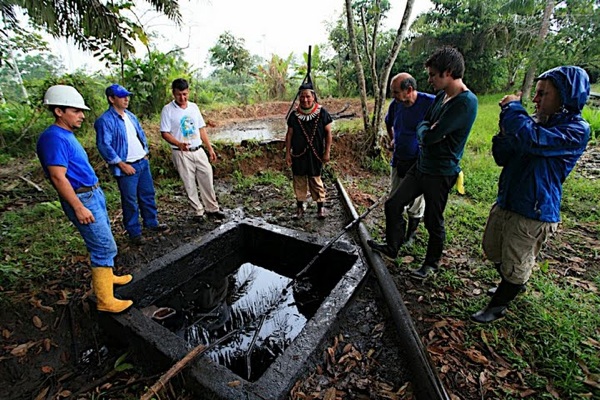Photo by Antoine Bonsorte; remaining photos by author.
Manuel Ignacio Salinas was so proud to repeat his name when I asked him a third time.
“Manuel…Ignacio…Salinas.”
Standing just over five feet tall, the aging Señor Salinas had graying hair, a discolored left eye, and rashes visible where his tattered light-blue button-down shirt failed to cover his dark Ecuadorian skin.



